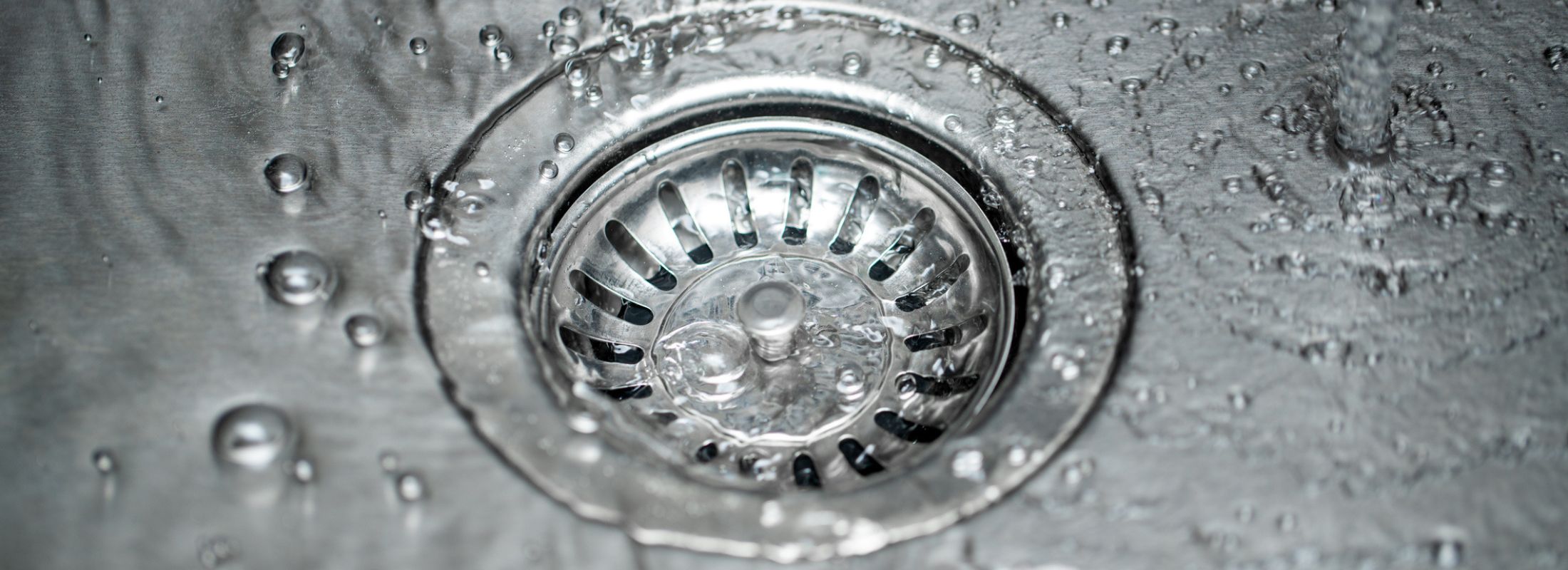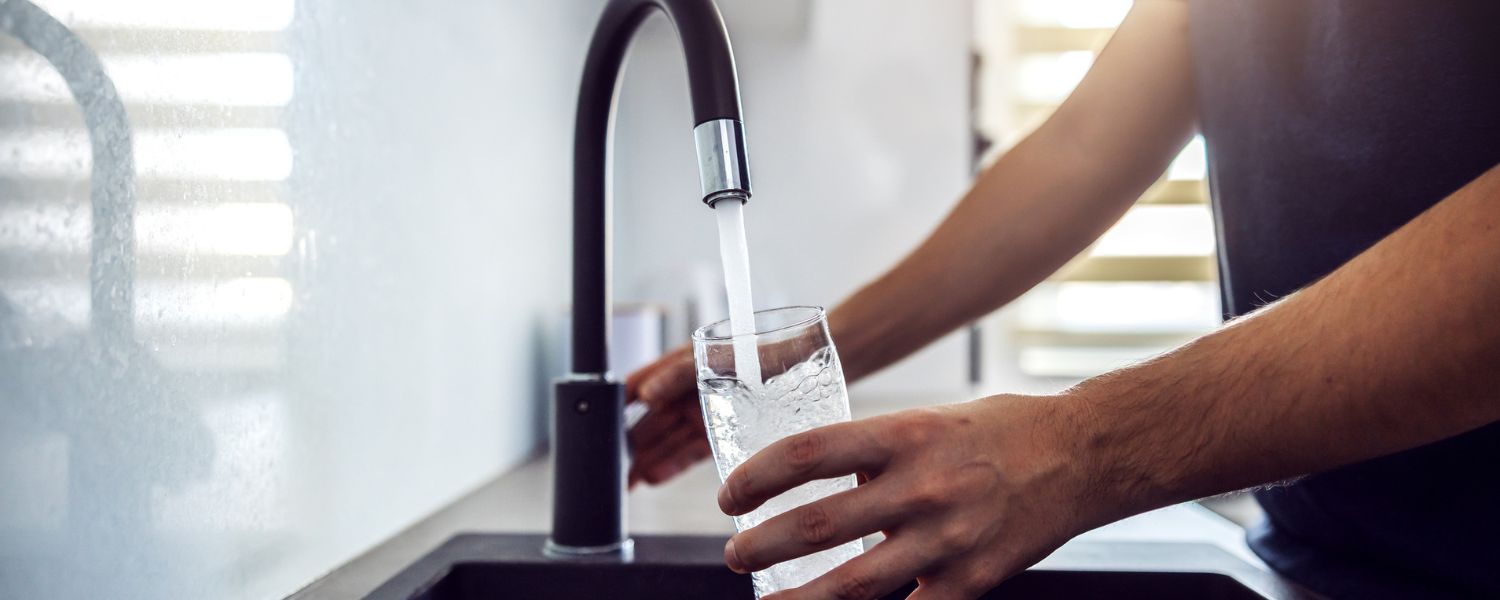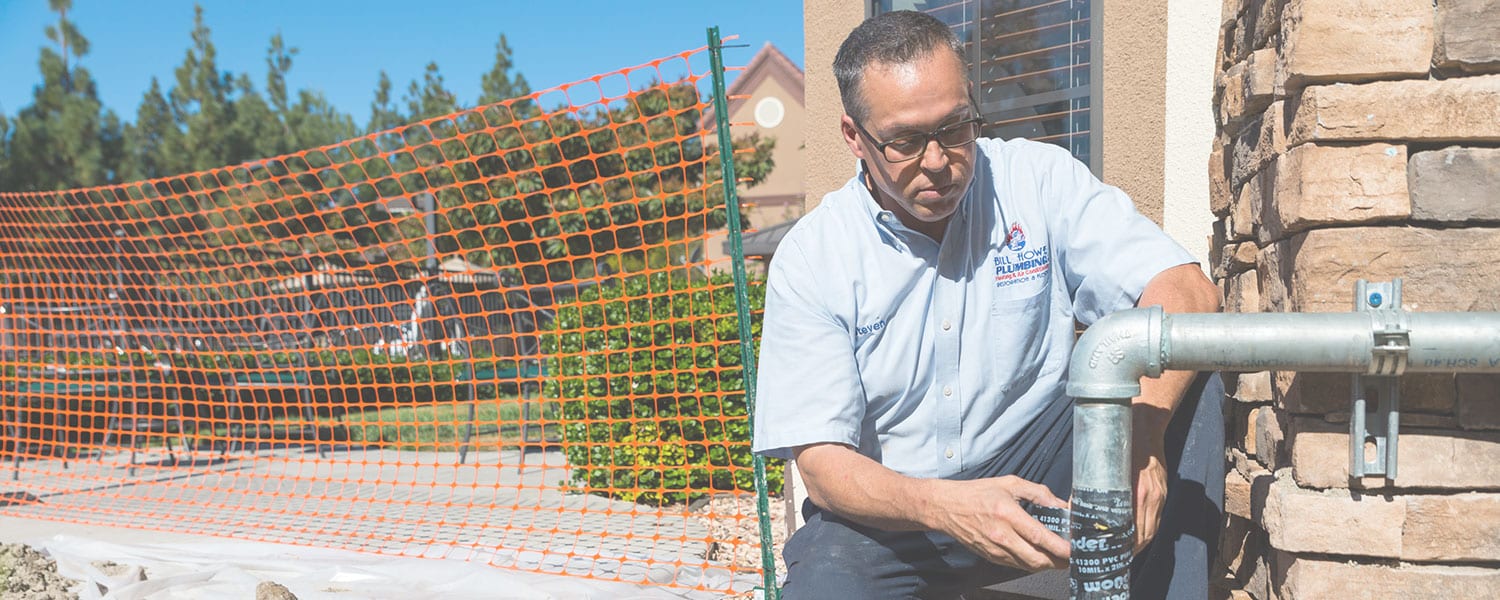A Homeowners Easy DIY Interior Leak Detecting Guide
It is not necessary to hire a plumber in San Diego to perform routine “leak checks” at your home or business. You can easily create a checklist for yourself, or your property or business manager, and set aside time each month to go through your list. By taking this proactive step, you will have a consistent schedule so if you do notice leaks, you can determine a timeline and take the best course of action to repair.
And if it does require a licensed San Diego plumber, you will have detailed information that will assist the plumber in solving your problem quickly and efficiently. Bill Howe has seen it all, but with the help of informed homeowners, we can provide the best service while saving time and money!
Inside
Create a list of each room and visually inspect each room marking off as you go. Use the following as items to look at and note any possible signs of moisture and note the age of fixtures if possible.
Angle stops & Risers
(Every Bill Howe Journeyman plumber in San Diego recommends changing angle stops out every 5-7 years)
- Individual water shutoffs underneath your sinks, behind the toilet, at the washing machine and the refrigerator.
- Check for signs of current moisture, or dripping, and any previous signs of leaking such as calcification buildup or water stains underneath the shutoffs.
Faucets
- Inspect fixtures for hard water deposits or calcification (this may indicate a past leak or slow leaks).
- Test for loose or hard to turn faucets.
- While the bathroom is dry, check in the shower and tub for any light moisture
- Inspect the baseboards in kitchens, laundry and bathrooms for signs of water (current moisture or discoloration).
- Make sure to check in cabinets and use a flashlight to look at the piping
- If you suspect a small leak, but aren’t sure, place a towel underneath the fixture and monitor over a 24 hour period when the water is not in use.
- Replace any old or leaky fixtures with water-savings (this will save on water usage without sacrificing pressure!).
Toilets
- After flushing, listen for continuous or extended running.
- Look inside the toilet tank at the flushing mechanism and small parts. Note the condition of the parts like the flapper and metal connectors: over time, especially with San Diego’s “hard” water, rubber and metal parts can wear down and cause small leaks that may be silent or hard to detect.
- Perform your own dye test! Drop a toilet dye tablet (found at any home store). into the toilet tank and wait. If the color seeps through the bowl, it may be time to call your San Diego plumber!
- Check for moisture or signs of leaking at the base.
Water Heaters
- Check water heater connections for possible buildup and calcification of any water lines. This could indicate a change in pressure at some point and/or a past leak. While it may not be actively leaking, it is something you will want to keep an eye on.
- Look for any rust or discoloration on the water heater and near the baseboards.
- Keep a record of water heater maintenance (it is recommended to flush every 1-2 years).
Should you want a more in depth leak inspection or discover a problem that will require a professional, call the premiere San Diego plumber, Bill Howe. With free visual estimates for homeowners, restoration and flood remediation services available and a 24/7 live response team, you only need to make one call 1-800 Bill Howe (245-5469). We will take care of you like family!




